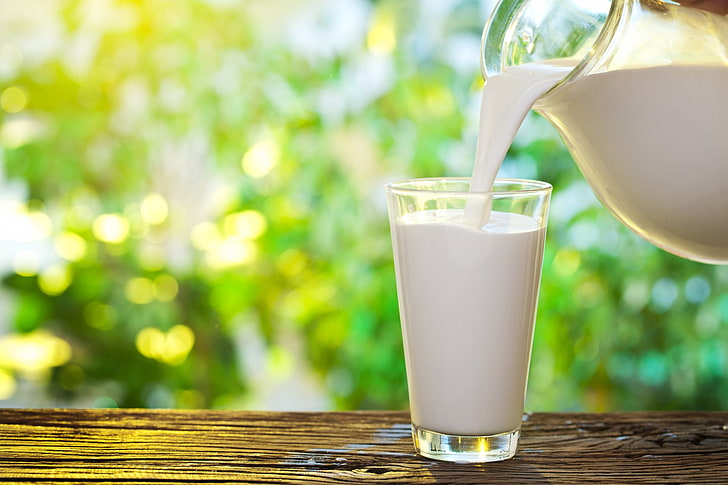There is an acute milk shortage in Kenya. This is according to the Kenya Dairy Board. We are experiencing a deficit of about 20 million liters every month against our monthly consumption of 74 million liters. Accordingly, milk intake by major processors has dropped by 27 percent because of the shortage in production. Inevitably such shortage in local production is leading to heightened importation of milk and milk products from Uganda, Rwanda, Turkey, and other countries.
Kenyans may not have felt the full weight of milk scarcity because milk processors have prioritized production of milk at the expense of high-value milk products like butter and ghee. In recent months, there has barely been any Kenyan butter in our supermarkets. While importation helps in filling the local dairy products gap, it also bleeds jobs from Kenya to the exporting countries and weakens our economy through potential foreign exchange losses.
The government has blamed this milk scarcity on the prolonged droughts. Last year, Kenya witnessed a consecutive fifth rain failure, which affected agricultural productivity. In the first quarter of this year, milk delivery from farmers dropped by 50 per cent. Nonetheless, drought is predictable and can no longer be an excuse for decreased productivity.
Meanwhile, South Africa is also undergoing a dairy sector crisis. Unlike Kenya, their crisis largely stems from the country’s electricity crisis. Widespread electricity rationing in South Africa has had adverse effects on milk processing and cold storage facilities.
In Tunisia, milk price is capped despite rising production costs. This has pushed some farmers to sell most of their dairy cows which has further exacerbated the milk crisis.
Unfortunately, Kenya’s milk scarcity is leading to unscrupulous, dangerous behavior from some business entities.
The Directorate of Criminal Investigations (DCI) recently recovered 1,511 bags of powdered milk that had been declared unfit for human consumption in Nairobi. If this toxic milk had made it to our shops and supermarkets, the consequences would have been fatal. Back in 2008, more than six thousands Chinese babies fell ill and several died after they consumed contaminated milk formula. Kenya cannot afford to slide down this path because of consumer desperation for milk products.
The solution to our milk crisis can be found in two words – increased productivity. This is not about increasing the number of cows but the general production efficiency of our existing cows. This is where we must honor our experts and allow them to guide us to prosperity.
Currently, Kenya’s dairy farming is largely rain-fed. This means that water determines availability of fodder not the rains. We must urgently shift our minds from the word rain to water conservation so that when it rains, we exploit water conservation so that we irrigate fodder in all seasons.
Further to this, I suggest that the newly constituted Kenya Climate Change Council should work closely with relevant Government Ministries to oversee the massive rollout of affordable high quality climate resilient forage that will provide reliable cumulative national productivity. Small scale dairy cooperatives should be strengthened in this process.
Surely, Increased milk productivity is also dependent on low production costs which have skyrocketed. A 70 kg bag of dairy meal is currently retailing at roughly Sh3,400 compared to Sh2,500 in August 2022. Considering that feed and fodder contribute to 55 per cent of milk production costs, it’s no wonder milk price has been steadily rising. I suggest that we be intentional in reviewing the high levies on animal feeds during the ongoing tax changes.
Finally, there is need for more streamlined and effective milk distribution. Kenya’s informal milk market accounts for more than 60 percent of the total milk produced. With more Government support and capacity building, efficient distribution will lead to fortunes for our heartbroken farmers. Consider that when we under produce milk we must import to meet the local demand and when we over produce, we can create long lasting milk products for the export market. Think green, act green.



